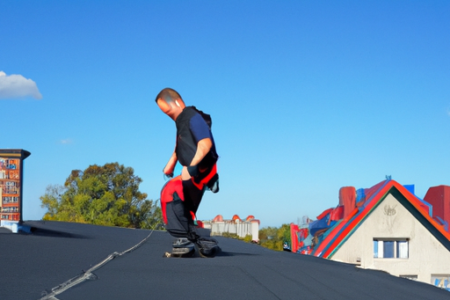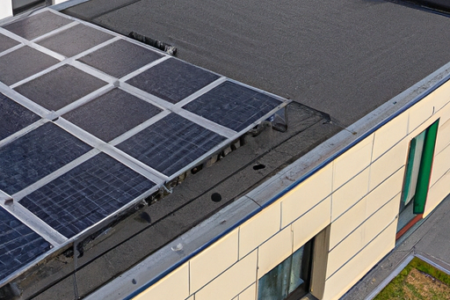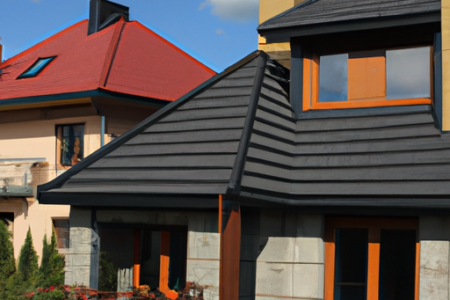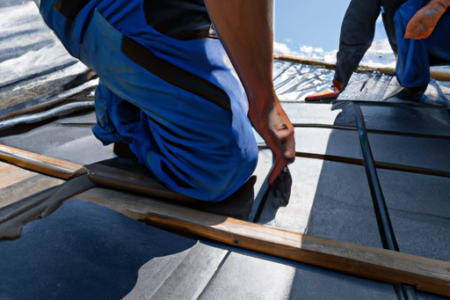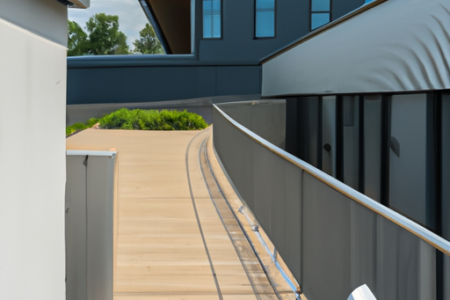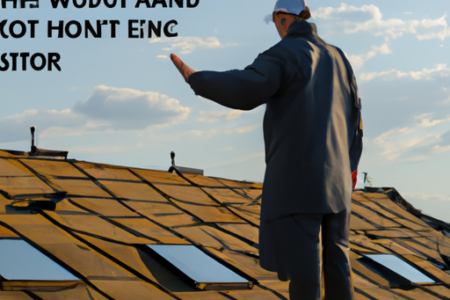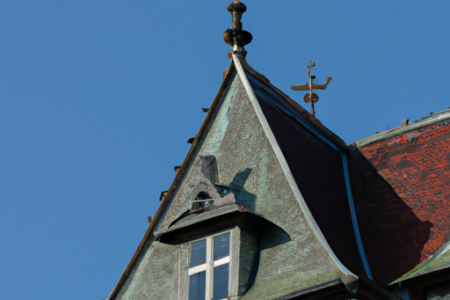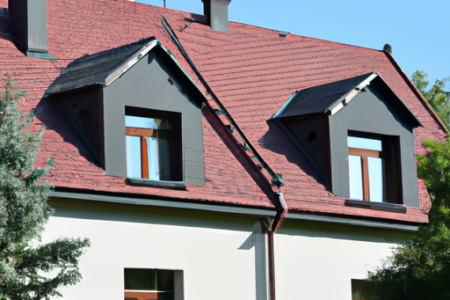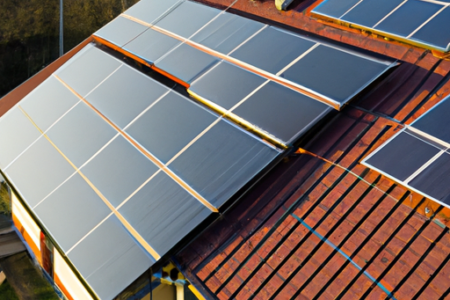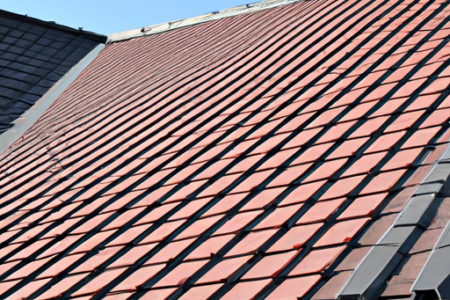signs of cracking, peeling, or deterioration. These areas are prone to water infiltration and should be repaired or replaced as necessary to maintain the integrity of the flat roof.
5. Maintain Roof Coating: If your flat roof has a coating, such as asphalt or elastomeric, regularly inspect it for any signs of damage or wear. Repair or recoat any areas that show signs of cracking, blistering, or peeling. This will ensure that the roof remains waterproof and protected from UV damage.
By implementing these preventative measures, you can protect your flat roof from potential issues and extend its lifespan. Regular inspections and maintenance are key to avoiding costly repairs and ensuring the longevity of your flat roof.
